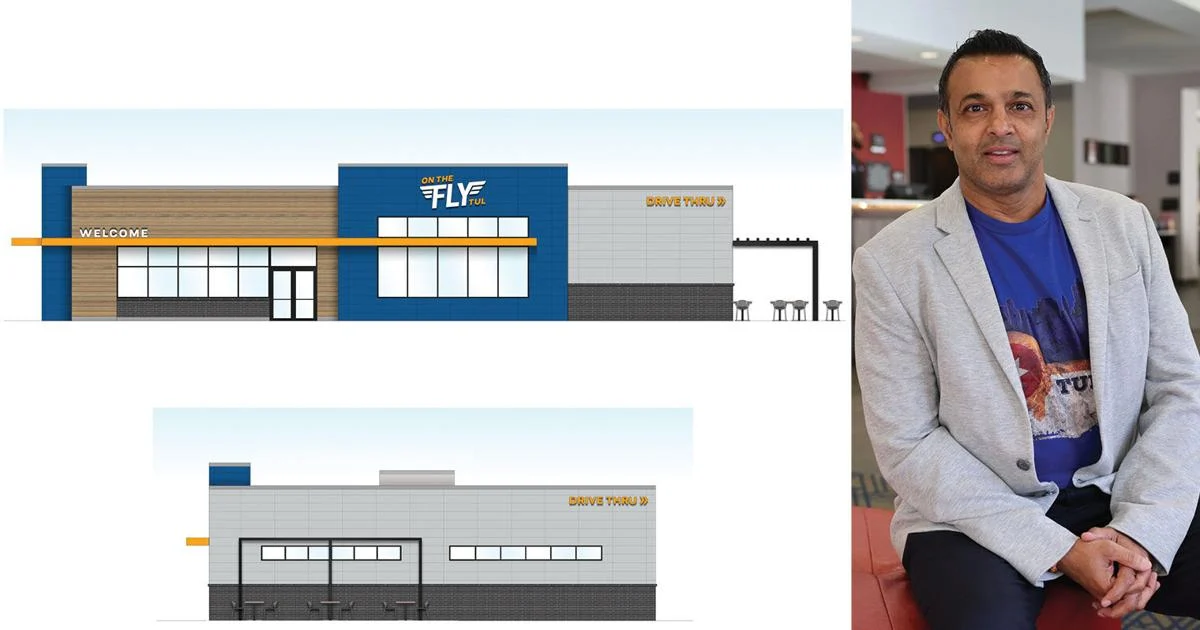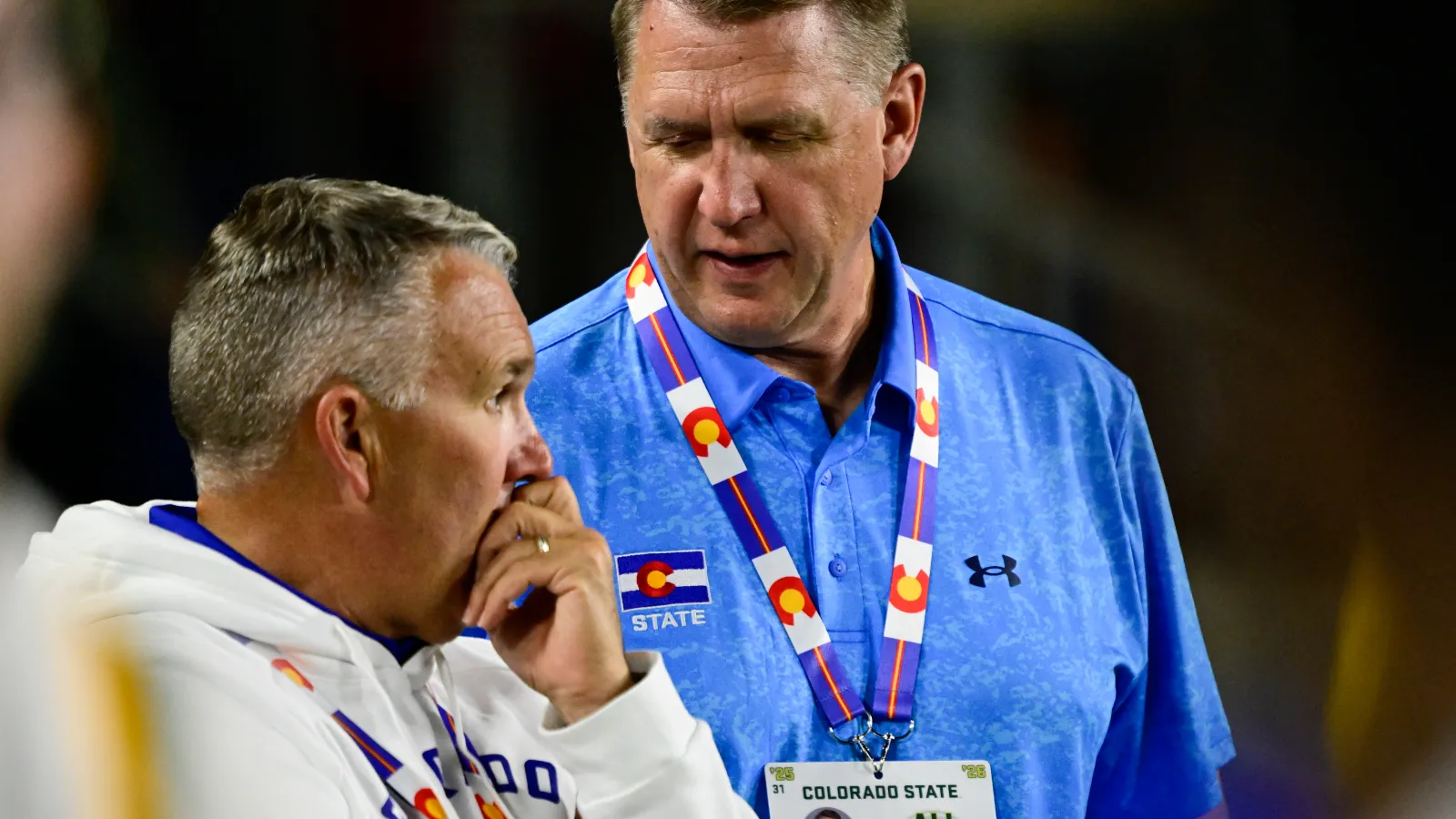Copyright Chicago Tribune

The National Funeral Directors Association annual convention, which recently ended at McCormick Place, and happens every October, and has met for more than 140 years, was not a solemn gathering. There was a small bar off to the side, between the booth for Southern Funeral Director Magazine and a casket maker. I saw women dressed as flowers trying to drum up attention for an AI-assisted database for funeral homes. I saw a man take bites of his hot dog between answering questions about cremation niches, those roomy holding spaces for urns. Hubert McQuestion, vice president of a longtime family-owned vault company, told me he slipped a check for $2 million into his late father’s jacket pocket, to be buried with him for eternity, though: “He still hasn’t cashed it.” I learned that as a person is being prepared for their casket, an old-school yardstick is typically used. I learned that we are getting larger and sometimes cemeteries need to dig multiple plots to hold just one newly dead person. I was told of a man so large that he was laid to rest in a septic tank. I saw a company that sells $5,7500 embalming machines in a number of KitchenAid-like colors, including classic kitchen green, orange and butter. Like any industry gathering, funeral directors are here to network, attend seminars about pioneering developments in their business, and be sold products. There were 370 vendors. One booth, for reasons in unclear in 2025, was draped with a banner featuring an Austin Powers impersonator saying: “Cremation trays galore, baby!” As I arrived at the convention, I was met by my guide, a no-nonsense funeral director with encyclopedic knowledge of the industry and an environmentalist streak. His name was Jimmy Olson and he owns Olson Funeral Home and Cremation Service in Sheboygan, Wisconsin. He seemed to know everyone, and everyone seemed to love him. “You owe me a drink!” he called to his friends, who called back: “Jimmy OLSON!” Jimmy Olson was so efficient and easy to admire that I shouldn’t have been surprised to hear his funeral home also hosts the occasional wedding. “I don’t like to use the term party planner, but in this job, you become an event coordinator. I joke with people that we tend to do much of what a wedding planner does — the flowers, the musicians, the dress — and it’s probably not taking us a year. We are pulling it together in three days.” The man is thoughtful enough to have a therapy dog — Sir Oliver Basil Rathbone III Esq., a cockapoo — as emotional support should you find yourself in his funeral home. To be frank, after a few hours with Olson, I was fine with being dead someday. My loved ones, if they could pay attention for a minute and just look at all the options for burial out there, have a vast menu of clever, elegant, even fun ways of saying goodbye. Should they want to scatter my ashes, Cremation Air of Florida will drop me over water using a single-seat microjet — the orange plane sat on the convention floor, looking much cooler than the new hearse models across from it. At the moment, the service is only available along the East Coast, but there are plans to expand to the Great Lakes. Should you need an alternative to scattering ashes in the Midwest now, Parting Stone will refine you into powder, mix you into a clay-like material then turn you in a rock (“Solidified remains you can hold”), the color of which depends on the chemical levels of your body. Another fun option is a floating biodegradable urn containing a transponder that allows family to track your journey at sea and remotely release the ashes in a specific spot. It’s a way of ensuring cremated remains are not blown back to the shore. “Everyone has the romantic notion of scattering a loved one on Lake Michigan,” Olson said, “except there’s wind — no one wants their grandma to end up in their hair.” Funeral professionals, you soon learn at a funeral directors convention, are funny. “No, thank you,” one muttered, studying a large contraption to reduce bodies into a kind of human compost. “Just throw me in a blender and pour me into the backyard, please.” He was referring to The Natural Funeral company of Colorado, one of a handful of businesses pushing terramation, also known as natural organic reduction, a process in which the body goes into a large, handsome cradle-like casket, along with alfalfa and wood chips, and slowly, over months typically, your eternal crib rocks you, redistributing your fluids, until, at the end of the process, you come out resembling a bed of fresh dirt. You are made one with nature a lot faster than usual. “Otherwise, you sit in there doing nothing,” Olson said. He pointed to a tub of what looked like a garden minus its plants. “That’s a person,” he said. “That’s someone.” Terramation is legal in 18 states, including Illinois. But the biggest hurdle to many alternatives to traditional burial is the Catholic Church, Olson said. “They throw a fit.” The Vatican has only allowed cremation since 1963, then a decade ago the Church clarified: Cremation was still permissible, assuming ashes are not scattered or kept at home. Walking through the National Funeral Directors Association convention was like a subtle reminder of just how few people take their advice on funerals from the Catholic Church. There were more urn makers and burial alternatives than wooden caskets. Take the mushroom caskets by Loop Biotech of the Netherlands. Their booth offered samples, off-white streamlined pods resting peacefully in a faux forest. Bob Hendrikx, the company founder, a tall young guy who looked like he should be playing guitar in Pavement, not selling coffins, came up with his caskets made of mushrooms as an architecture student in college. He wanted to design “living architecture.” Instead of leaving coffin materials behind, your mushroom coffin enriches the soil. “You feed the earth,” Hendrikx smiled, then got serious: “The product does not eat the human.” Same for Aquamation, a large metal contraption (still small enough to fit in a garage) pioneered by Indiana company Bio-Response Solutions. This process, legal in 28 states, exchanges fire for water. Essentially, as it was explained, you become the chicken in chicken soup, breaking down to fluids, leaving a stock of bones. It’s been an option for decades, said Samantha Sieber, the company’s chief strategy officer. Her father, Joe Wilson, the founder, had a forestry degree and an interest in alternatives to burning. But the environmentally sustainable pitch is not always the best way to sell customers on “water cremation,” she said. “They respond better to it not being fire.” Detractors of the process — again, primarily religious leaders — “argue that essentially you’re being flushed down the drain,” Olson said with a generous roll of his eyes. The funeral director today is not always the funeral director you assume. Sure, I saw a few caricatures — slender men, grave, in baggy suits, Caesar haircuts. According to the National Funeral Directors Association, about 75% of the 15,000 funeral homes in the United States are either family-owned or privately held. It can be a pretty conservative profession. “Customers in general tend to be more educated in new funeral options than a lot of funeral directors,” a maker of biodegradable caskets and urns said to Olson, who nodded, true, true. The majority of funeral directors are white, yet there are far more Black funeral professionals now, and increasingly more women in the job. That’s reflected in the embalming chemical companies here catering to Black funeral homes and new embalming cosmetics made for a variety of skin tones. A convention for funeral directors, in a sense, is a reminder that even the ways we die, get prepared and buried and eventually, hopefully, remembered changes. There were urns resembling soccer balls and urns you wear as necklaces. There was a recycling company specifically for artificial parts that cremated bodies leave behind — “crecycling.” There was a competition among funeral directors to make the best reconstructed face. There were airlines simply there to promote air travel as the smart way to ship the dead. Olson and I turned into a display from the National Museum of Funeral History in Houston, which offer a variety of morbid tchotchkes perfect for the modern funeral professional. Such as a tea towel embroidered with “Does this towel smell like chloroform to you?” Or how about an apron that reads: “The Cremator.” It was a pretty popular booth. “Come on,” Jimmy Olson said, “we need to laugh too.” cborrelli@chicagotribune.com



